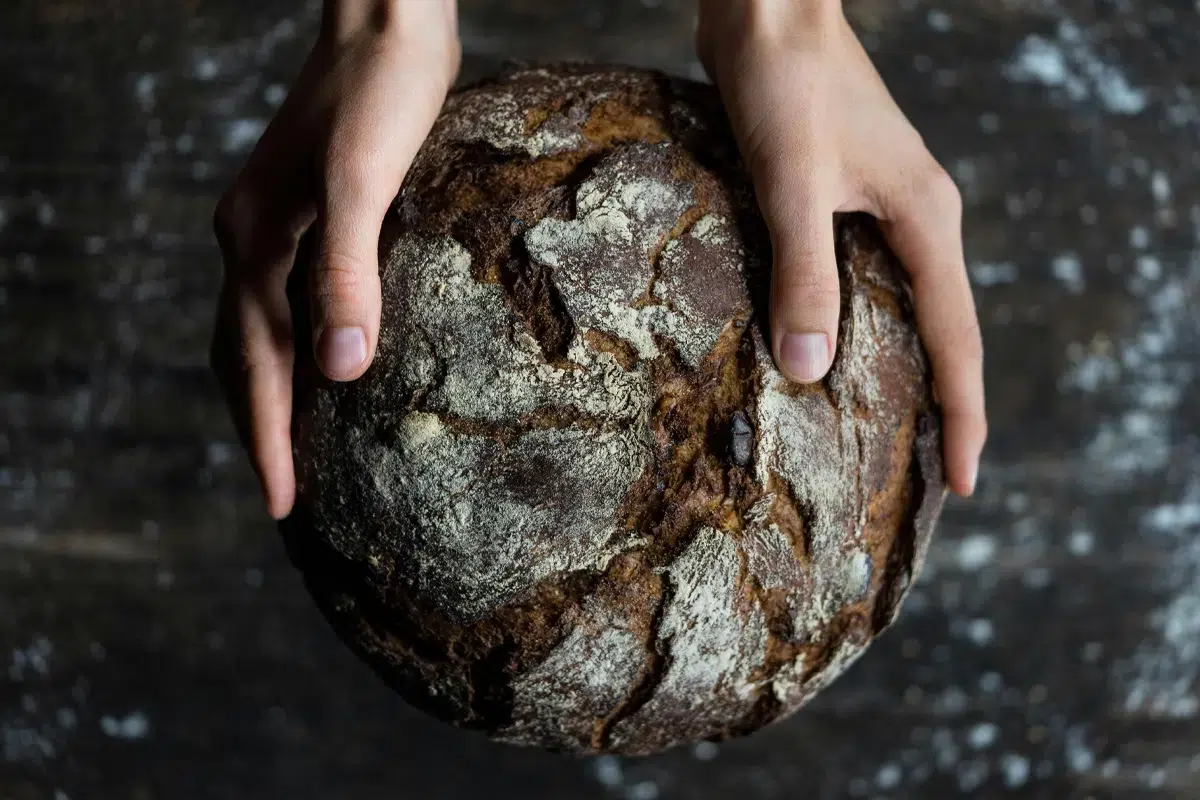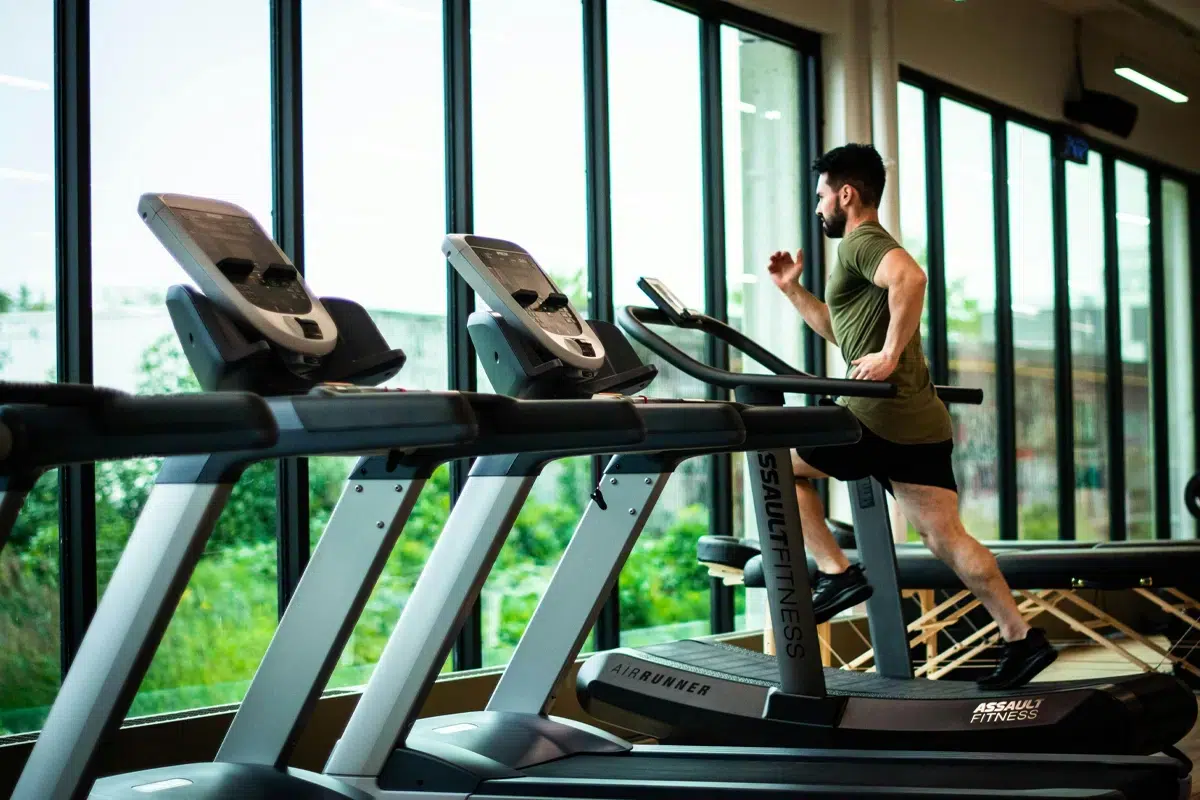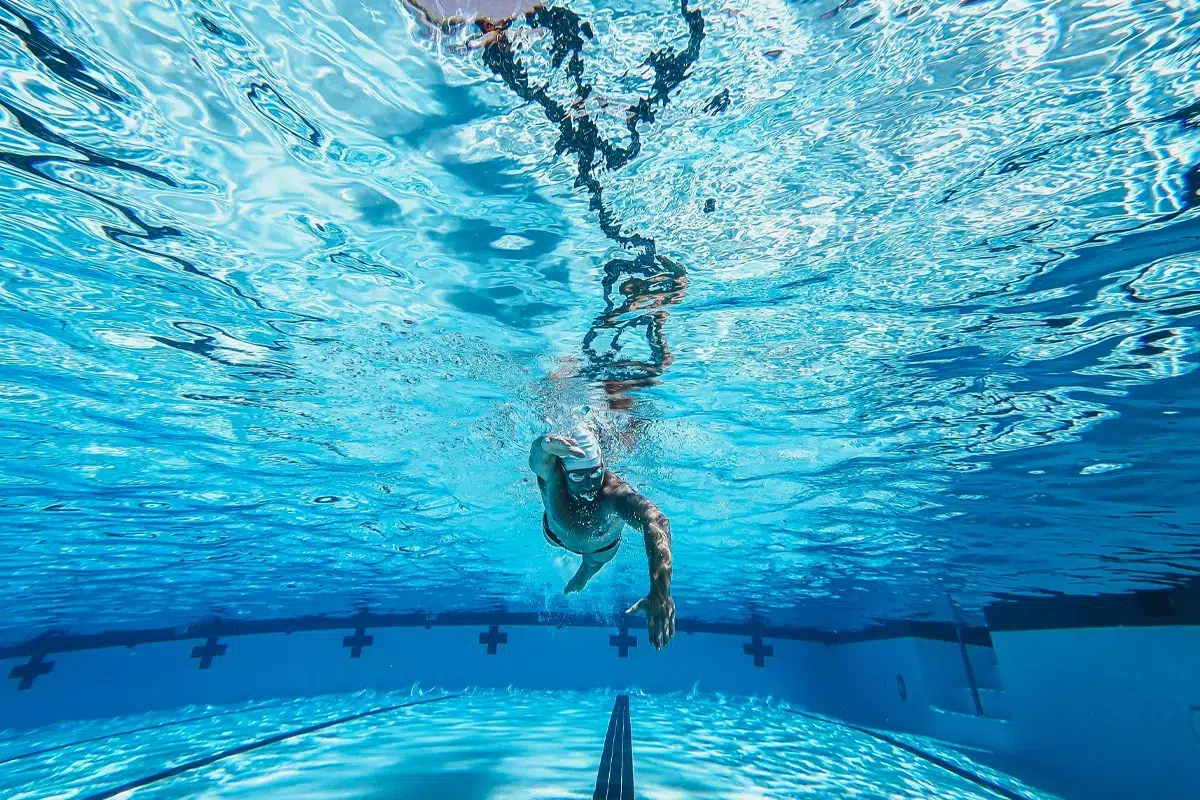Running is a popular and accessible sport with numerous benefits. However, many runners wonder: Why do I keep getting injured while running? or Does running damage the knees?. Whether you’re a beginner or an experienced runner, adopting the right habits can reduce injury risks and help you enjoy your runs. Here is a complete guide to running safely.
👉 Want to learn more about running? Check out our guide on the benefits of running.
👉 Looking to get back in shape with nutrition and exercise? Download our free expert ebook for valuable advice!
Common Running Injuries: What You Need to Know
Running injuries often result from overuse, poor technique, or inadequate warm-up. Here are some of the most commonly affected areas and injuries:
Sport 10 idées de sports à pratiquer en
- Calf pain: Common among beginners or those who increase their mileage too quickly.
- Achilles tendonitis: Often caused by repetitive strain without proper recovery.
- Runner’s knee (IT band syndrome): A common knee inflammation from excessive training volume.
- Hamstring strains: Typically due to muscle weakness or overuse.
- Stress fractures: Occur when training intensity is increased too rapidly.
👉 Curious about the calories burned while running? Use our running calorie calculator.
Why Do Runners Get Injured So Often?
Running puts significant stress on muscles and joints. Here are the main reasons for common injuries:
- Improper footwear: Worn-out or unsuitable running shoes increase discomfort and injury risk.
- Poor running technique: Incorrect posture or excessive heel striking can amplify impact forces.
- Overtraining: Not allowing enough recovery between runs can fatigue muscles and joints.
- Skipping warm-ups: Not preparing your muscles before a run makes them more prone to injuries.
If you experience pain while running, such as tightness in your upper leg muscles or soreness behind your thighs, review your training plan and prioritize recovery.
👉 Wondering if running helps with weight loss? Check out our guide on running for weight loss.
Sport Treadmill workout plan: 3 beginner sessions to get started and improve effectively
Does Running Damage the Knees?
Many runners worry about knee health, but running does not harm the knees if done correctly. Here’s how to protect your joints:
- Strengthen your muscles: Your quadriceps and hamstrings act as shock absorbers, reducing knee strain.
- Choose soft surfaces: Running on trails or tracks instead of pavement minimizes impact.
- Stretch regularly: Keeping flexible helps maintain joint mobility.
👉 Want to know which muscles running works? Find out more here.
Why Do My Legs Hurt After Running?
Post-run soreness is often caused by lactic acid buildup, insufficient warm-up, or inadequate recovery. Try these tips to reduce muscle discomfort:
- Stay hydrated: Proper hydration helps flush out toxins.
- Stretch after running: Focus on your calves, quads, and hamstrings.
- Use a massage roller: Foam rolling can relax tight muscles.
- Prioritize rest: Your body needs time to recover and strengthen.
How to Prevent Running Injuries?
Taking a balanced approach to training can help avoid injuries. Follow these key recommendations:
Sport What is the best sport after 50? Top activities to stay fit and healthy
- Increase intensity gradually: Avoid increasing your mileage by more than 10% per week.
- Incorporate strength training: Building strong core and lower body muscles helps reduce impact stress.
- Wear proper footwear: Choose running shoes that match your gait and foot type.
- Mix up your workouts: Cross-training with cycling or swimming reduces repetitive strain on your joints.
Running in the UK: Local Insights for Runners
Running is incredibly popular across the UK, with fantastic locations for training. Here are some local running insights to enhance your experience:
- London parks: Hyde Park and Regent’s Park offer excellent running paths, and the soft terrain helps reduce joint impact.
- Coastal running: If you’re near Brighton or Bournemouth, running on the beach at low tide strengthens your legs while minimizing knee stress.
- Trail running: The Lake District and Scottish Highlands provide scenic but challenging routes to boost endurance and strength.
- Marathon training: If you’re preparing for the London Marathon, running along the Thames Path offers a mix of flat surfaces and gentle inclines.
👉 Track your energy expenditure while running with our calorie calculator: Check it out here.
Share Your Running Experience on X (Twitter)!
Have you ever dealt with a running injury? Share your experiences and recovery tips on X (Twitter).








